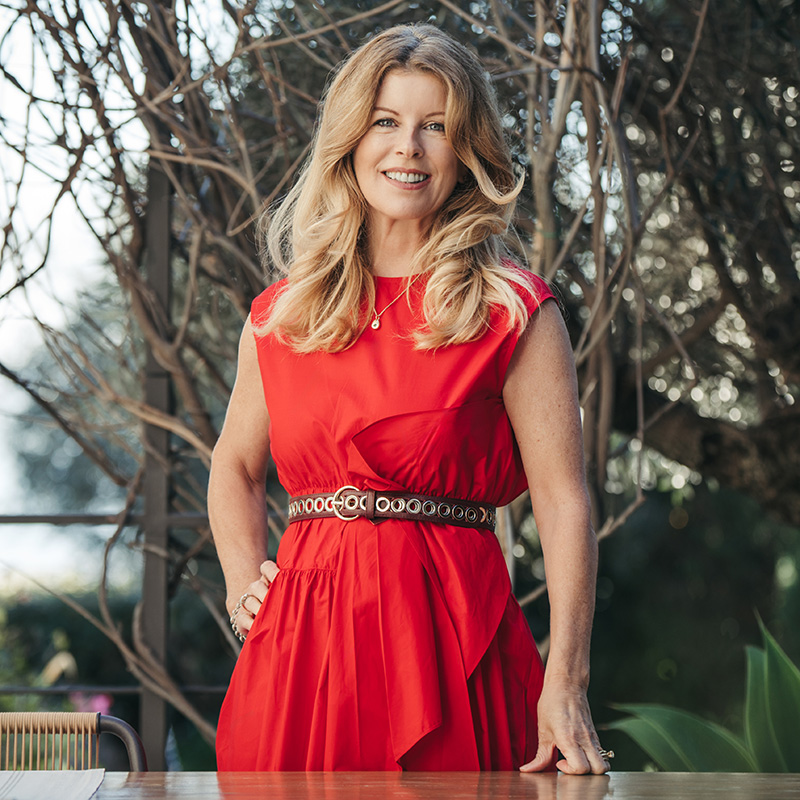I was reading an article recently called Targeting the Truly Affluent (Sophia Doran), which was an interview with Jim Kerwin, the founder of USA luxury magazine The Private Journey, and he said the only place they distribute their luxury magazine is on private planes and lounges. His reasoning was simply that if one could spend $7,500 per hour for a private plane then you are not faking it – you really have money. He said, “Prestigious watchmaker Audemars Piguet’s average sale is $39,000. Seriously, if you’re talking about someone that’s making $100,000 a year, there’s no way they’re buying a watch for $39,000– unless they win the lottery.” Whereas a fancy house or a sports car can be easily rented or leased and that does not put you necessarily in the category of High Net Worth Individuals (HNWIs).
“We live in an age when unnecessary things are our only necessities.” Oscar Wilde
So how rich do you need to be to enter the elite class of HNWIs? These are people with more than $1 million in assets, excluding their primary residence. There were 10.9 million HNWIs in 2010 and the number is growing. Among these, 3.1M reside in the USA, 2.9M in Europe and 3M in Asia. But this class of wealth does not necessarily spend the big bucks on luxury goods, as we find out.
The World Luxury Association’s official report on 2012 shows that China has become the world’s largest consumer of luxury goods. It predicts that, with the number of Chinese travelling to Europe in 2012, it will bring the total consumption of luxury goods to 59 billion euros – a record high at 28% of the global luxury market surpassing Japan and the USA. The Chinese prefer to buy luxury products abroad as China has the highest tax on luxury goods in the world. Interestingly, the most sought-after brands by the Asians are those that are well-known brands ‘pro-logo’ worn like a badge of recognition for achievements and as a distinction from the masses.
“Luxury is the income tax of vanity. But it is so pleasant.” Karl Lagerfeld
Generally the benchmark for the Ultra High Net Worth Individuals (UHNWIs), of whom there were only 93,100 globally in 2009, is when you raise the threshold to assets in excess of $30 million. Sixty-one per cent of UHNWIs are over 56 years of age but, although enviably wealthy, they spend much less on luxury goods than their younger counterparts between the ages of 35 and 49 (The Luxury Strategy, Kapferer & Bastien).
There are other influences on luxury consumption: factors such as income level, of course but, equally important, is the person’s openness to being externally influenced – according to data provided by the RISC institute, who have capped the luxury consumer market worldwide at 80 million: 32M in Europe, 36M in the USA and 12M in China. Another influencing factor is the level of education; this increases the likelihood to buy luxury. Another factor, which we have already mentioned, is age – with the highest luxury consumers aged between 35 and 49, based on European studies.
The UHNWIs are further broken down between those who are very wealthy but don’t like to spend it (preferring to hoard their cash rather than lavish it on expensive pleasures) and those – whom I can relate much better to – who have a great time with their money . . . they are the BIG SPENDERS.
Day-Trippers
At the beginning of this century the luxury market was growing, based on what was referred to as ‘day-trippers or excursionists’ – people who were not wealthy but occasionally purchased a luxury product for a birthday treat or a self-indulgent gesture. Since the onslaught of the global crisis this market has largely disappeared in the western world and the switch has been to save and hoard money.
According to the experts, the gap between the wealthy and the middle class is growing bigger year-on-year since 2001. The aspirational middle class who continue to covert luxury goods gives rise to what in marketing terms is known as ‘masstige’ or prestige for the masses brands such as Hugo Boss, DKNY, Michael Kors, D & G and Armani, offering a wide range of prices to capture the broader demand of the masses.
Besides the financial factors analysed above what are the emotive drivers for consuming luxury goods?
In research conducted in 1998 by Kapferer – based on the response of an international sample of young managers with high disposable income – four clear concepts of luxury emerged:
• Authenticity of the experience: the beauty, excellence and uniqueness of the product e.g. Cartier and Hermes
• Creative niche luxury: the creativity and uniqueness in the design e.g. Jean-Paul Gautier
• Safe value and prestige: timelessness and international reputation e.g. Louis Vuitton and Porsche
• Outstanding badges: the rarity attached to the possession e.g. Mercedes.
In continuing our search for a new meaning for luxury these are just some of the influences that come to bear on the luxury consumer, which sellers of luxury products need to take account of when targeting the affluent and ultra-affluent.
As this is the Gourmet Issue let’s leave the last word on the meaning of luxury to world-renowned chef Alain Ducasse: in an interview with Mark Tungate for Luxury World (Kogan) he said, “In the end, luxury is a perfection that one strives for every day, without ever being entirely satisfied.”
If you would like to participate in the debate to find a new meaning for luxury then please write to us at editorial@helencummins.com.



